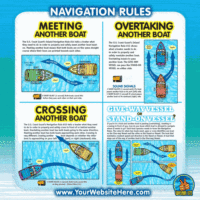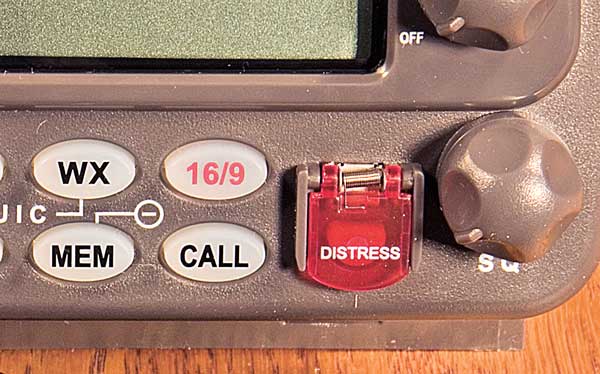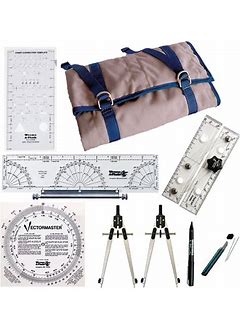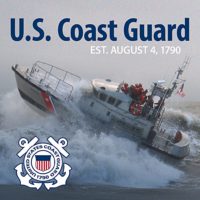
LETS GO OVER SOME BASICS
When we discuss Navigational Rules for Boating keep in mind that above all, it is everyone’s responsibility to avoid collisions. Meaning regardless of who’s fault it is or who may or may not have the right of way. With this in mind, boats do not have brakes and you should plan to do your maneuvers early. You also need an understanding of the terms Give Way and Stand On. This allows for a better understanding of how these rules work.
The Give Way vessel is responsible to make the maneuver clearing the Stand On. The Stand On is responsible to maintain course and speed. Although hard to do if you are not consistently aware of your surroundings. We’ll come back to this. Additionally the Stand On should not be thinking, “I don’t have to move you do!” “I’m not moving!” “You better move!” Again, both boats have a responsibility.
We also need to know that port side is our left side. Therefore starboard is our right side.
Lastly we must learn how to communicate our intentions with other boaters. Learning how to beep is fairly simple and although not required by law, we should all know how to do this. You beep according to how you view a situation. For example, if you are going to leave a boat on your port side or left side it’s one beep. If you are going to leave a boat on your right side, it’s two beeps. That’s it. Try remembering it this way. Port has one syllable thus one beep. Starboard has two syllables thus two beeps. To move forward with navigational rules for boating it’s important to understand all of the above.
MEETING HEAD-ON
Meeting head on can include three situations. One, we are meeting another boater bow to bow and must make a maneuver to avoid a head on collision. Two we are simply passing each other like cars on the road here in the states. And three, we are passing each other like cars on the road in England. In all honestly its fairly simple.
Situation one, we are both Give Way vessels and maneuver to our right or starboard. We’ll be leaving each other on our Port sides. Port, one syllable, one beep. Easy enough. Situation two is basically the same but we did not have to maneuver right to pass each other. We’ll leave each other on the left or port sides of our boat and you guessed it, one beep each. If we end up passing each other like cars in England we’ll leave each other on our starboard or right sides. Starboard, two syllables, two beeps.
OVERTAKING
Overtaking means we are going to pass another boater like we’d pass a car on the highway. However in the boating world we can pass on either side of a vessel. If we pass another vessel and leave them on our right or starboard side, guess what, we give them two beeps. If we pass someone and leave them on our port or left side, mmm hmm, you give them one beep. So here is the tricky part. When we are the vessel being passed we mirror the beeps. So let’s say someone gives us two beeps because they are passing us on their starboard. Our beep is to mirror theirs as if to say, “I got you, come on by!” Remember, they are gaining our attention from behind so that is why this one changes.
CROSSING
Crossing means that two vessels are heading for the same point and will collide if neither boat maneuvers. Not limited to but more like two boats are approaching one another at a 90 degree angle. The rule is that the vessel out to the right, has the right of way. To clarify, if we have a vessel out to our starboard side and it looks like we’ll potentially collide, we must maneuver. We have to pass them astern. That means we must maneuver to pass behind them. You don’t need to get our a calculator to figure this one out. If it looks close, make the maneuver.
IN CONCLUSION
Most importantly, there are no egos when passengers’ lives are in your hands. As always, be smart, be safe, and happy boating!
Please visit our Public Course Schedule to view all of the classes we have available for you. Zoom Classes are available now. There has never been an easier way to get your Boating Certificate
Here is a great free resource we use in Connecticut which has a great chapter on Navigational Rules for Boating: Connecticut Boaters Guide




